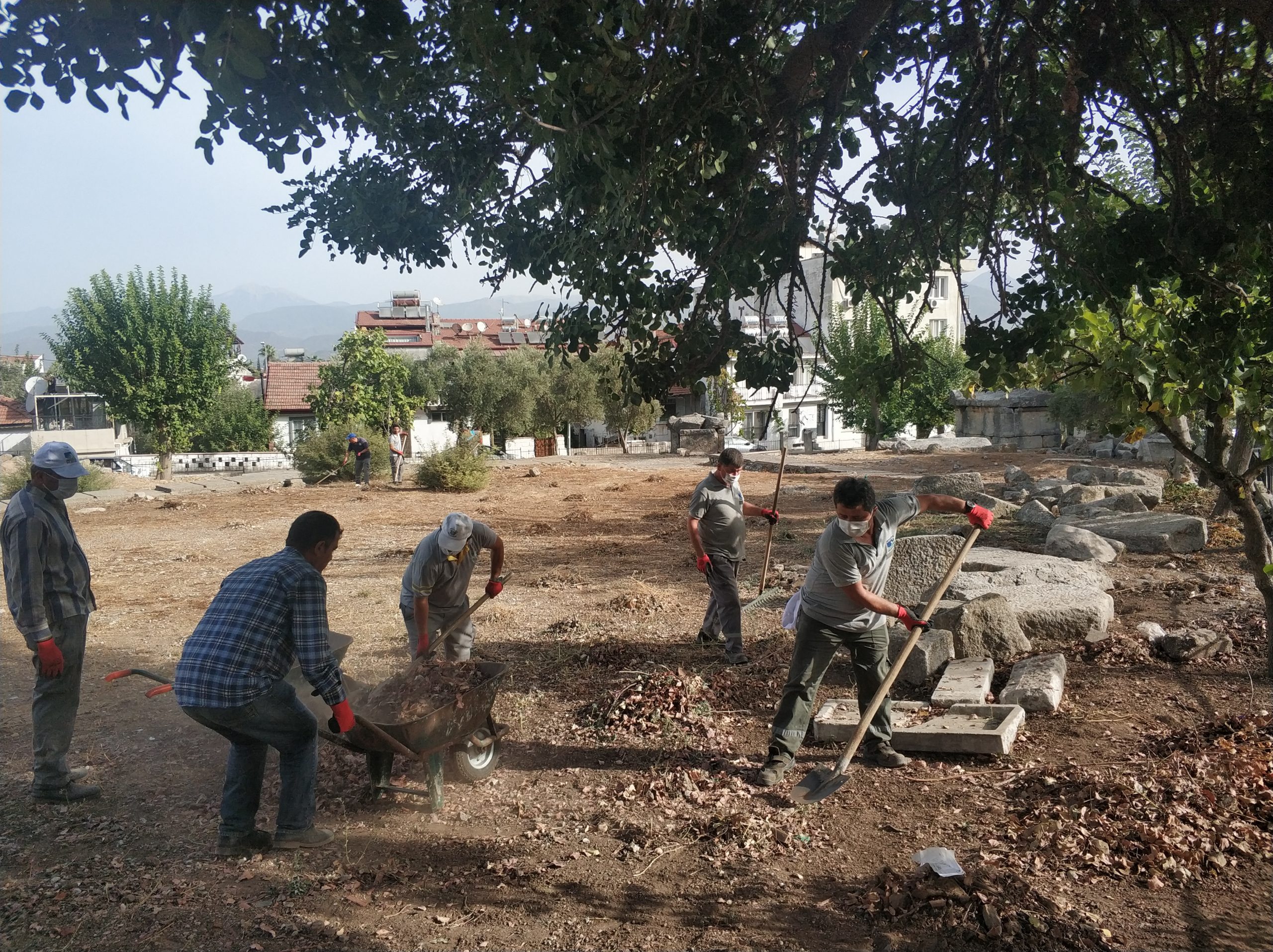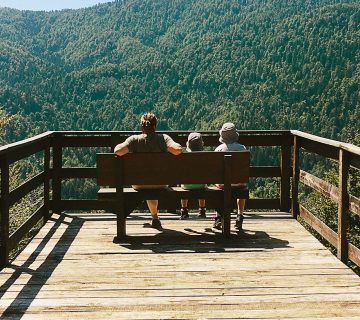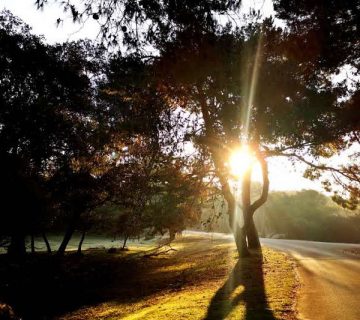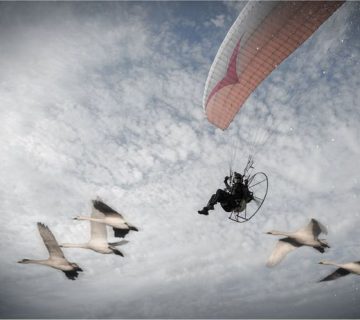A Turkish artist from South Africa and a Ukrainian pushed local bureaucracy to uncover and recognise the value of a site in Feithiye, Turkey.
I met Bursu Cunneen, a Turkish artist and teacher, when she was photographing the stairs I went down after visiting the Lycia rock tombs in Feithiye, Turkey. She accidentally caught me in her shot and explained that she was working on a mosaics project for that staircase.
I was in such euphoria from visiting Troy with its magnificent museum, as well as the Lycia rock tombs of Feithiye, that when I saw a heritage site with ancient tombs below the popular tombs, dirty and surrounded by garbage containers, I expressed to Bursu my readiness to clean that place by myself. There were no information signs and in general the place seemed so undeservedly abandoned.
Bursu frowned and agreed that the heritage site really should be cleaned up to encourage others to appreciate it. So, we exchanged phone numbers and agreed to call each other. In the middle of the night I received a message from Bursu to meet the next morning.
I took my rubber gloves, left over from a business trip during quarantine, and went straight to the meeting place. And I was so surprised when I saw a smiling Bursa with a dozen workers equipped with shovels and equipment ready for cleaning the heritage site.
Bursu and I were later sitting in a local coffee shop drinking delicious Turkish tea with Suzan Tasor, a first female Headman of District, and two managers from the local museum. I listened to the story of how restless Bursa had called Suzan in the evening to inform her that we were planning to clean up the heritage site and maybe even to invite the press. That information reached the Municipal Manager and the District Governor. As a result, the Municipality agreed at 7am to organise the works that day. Bursu and I received a lot of thanks for our personal involvement. On parting, Suzan Tasor showed us an official letter of appeal on behalf of their community with a request to clean this heritage site, which was sent to the Municipality long before our appearance.
We celebrated our victory at Bursu’s 100-year-old house with magnificent views in Faralya village. It is another art project of Bursu. She has many successful projects to her name. She used her skills and art to fight poverty in a shanty Chinatown settlement in South Africa’s Eastern Cape Province. She made a dream come true for a child with cancer and organized a balloon flight in Cappadocia. I believe that the key to her success is not only her talent, but also her readiness to change the world for the better every day. Now many more people will be able to safely access this heritage site to engage with the past and find their own meanings there.
Nataliia Gudkova is an Associate Professor of the State Ecological Academy of Postgraduate Education and Management in Kyiv, Ukraine. You can get in touch with her at: ngudkova@gmail.com.
To cite this article: Gudkova, Nataliia (2020) ‘Cultural heritage warriors’. In Interpret Europe Newsletter 4-2020, 23.
Available online: https://www.interpret-europe.net/fileadmin/Documents/publications/Newsletters/IE_newsletter_2020_4_winter.pdf




